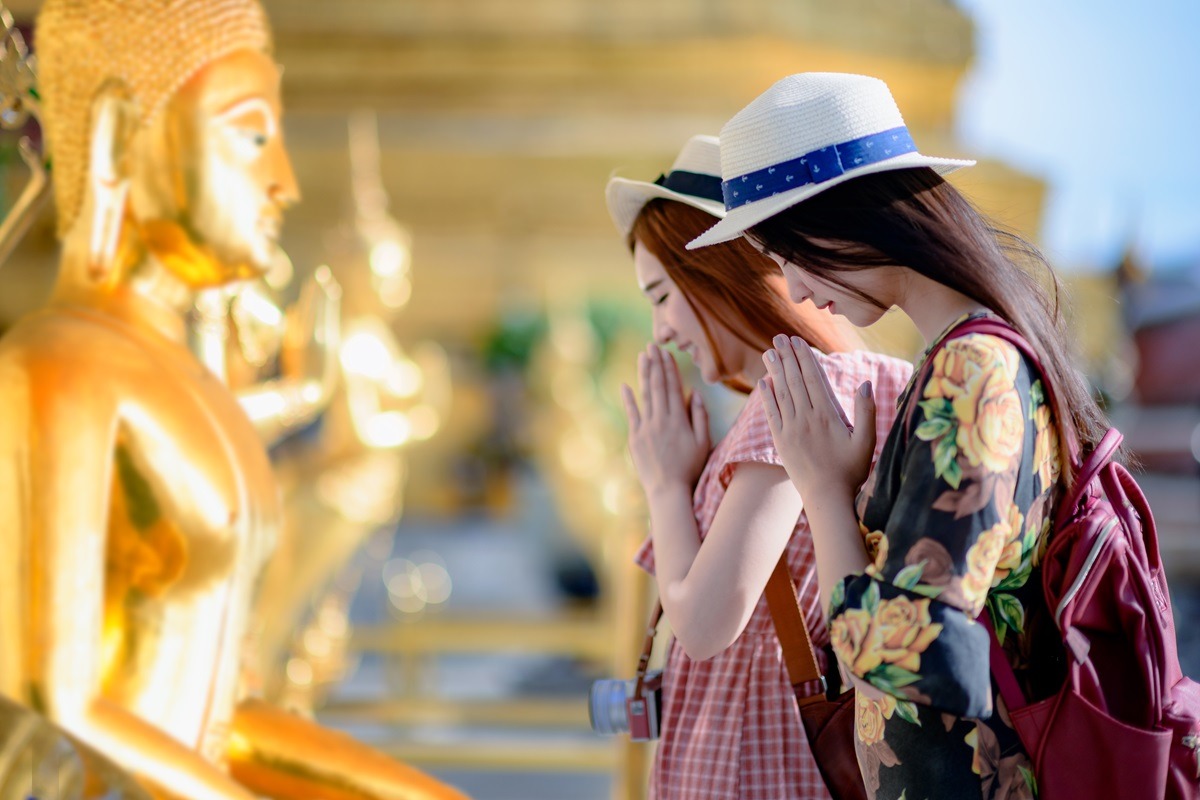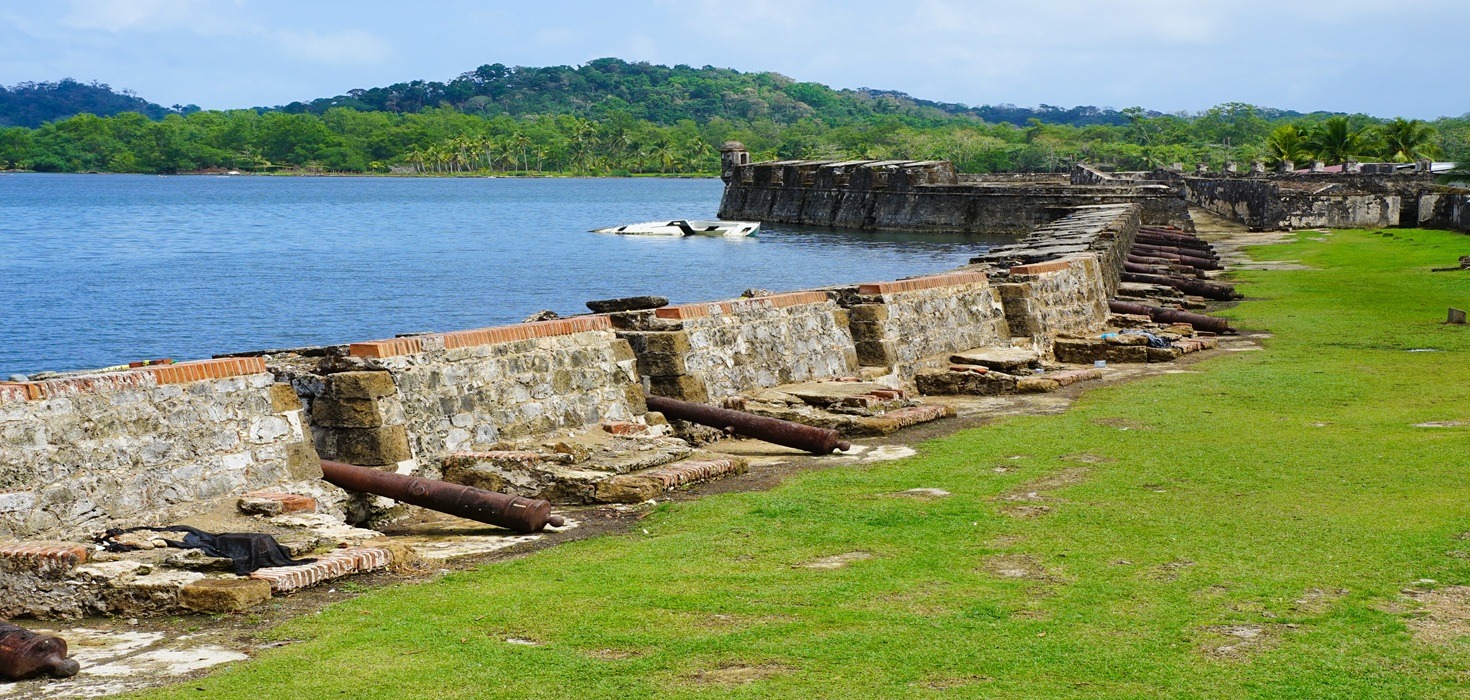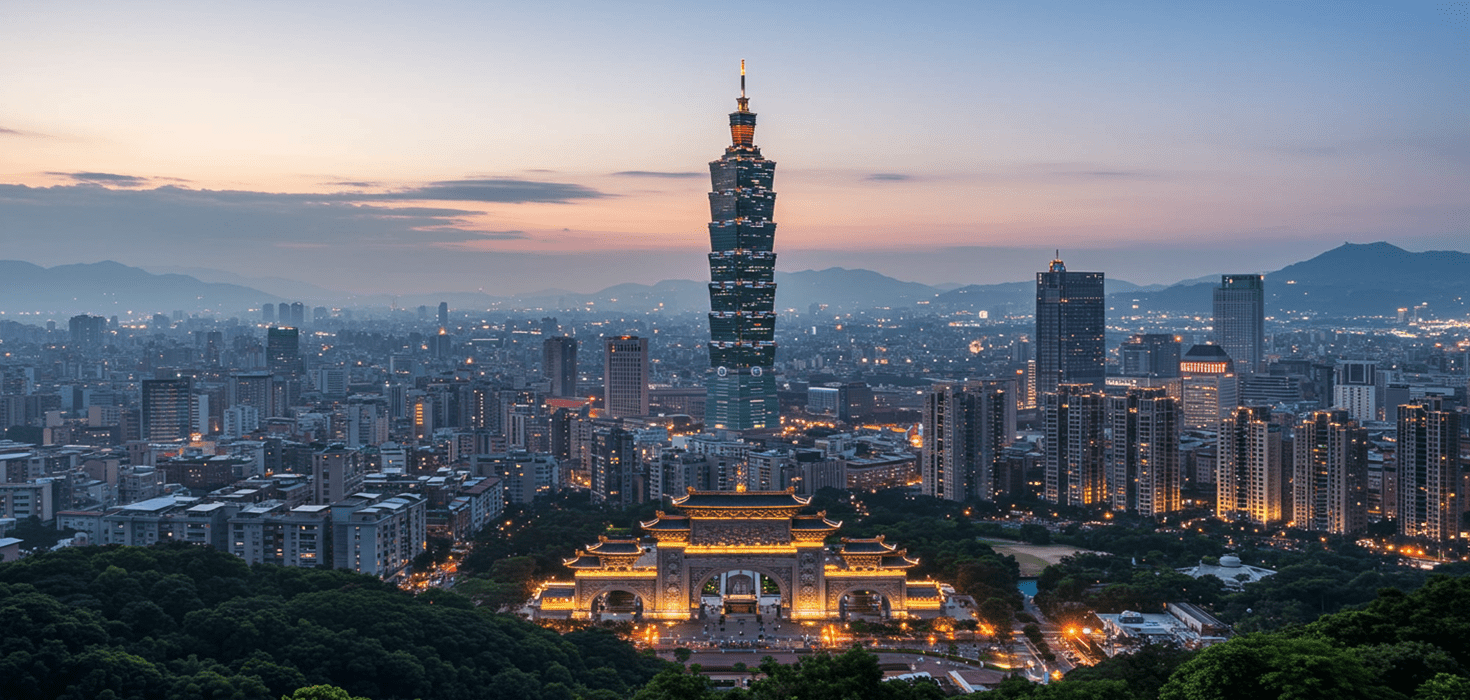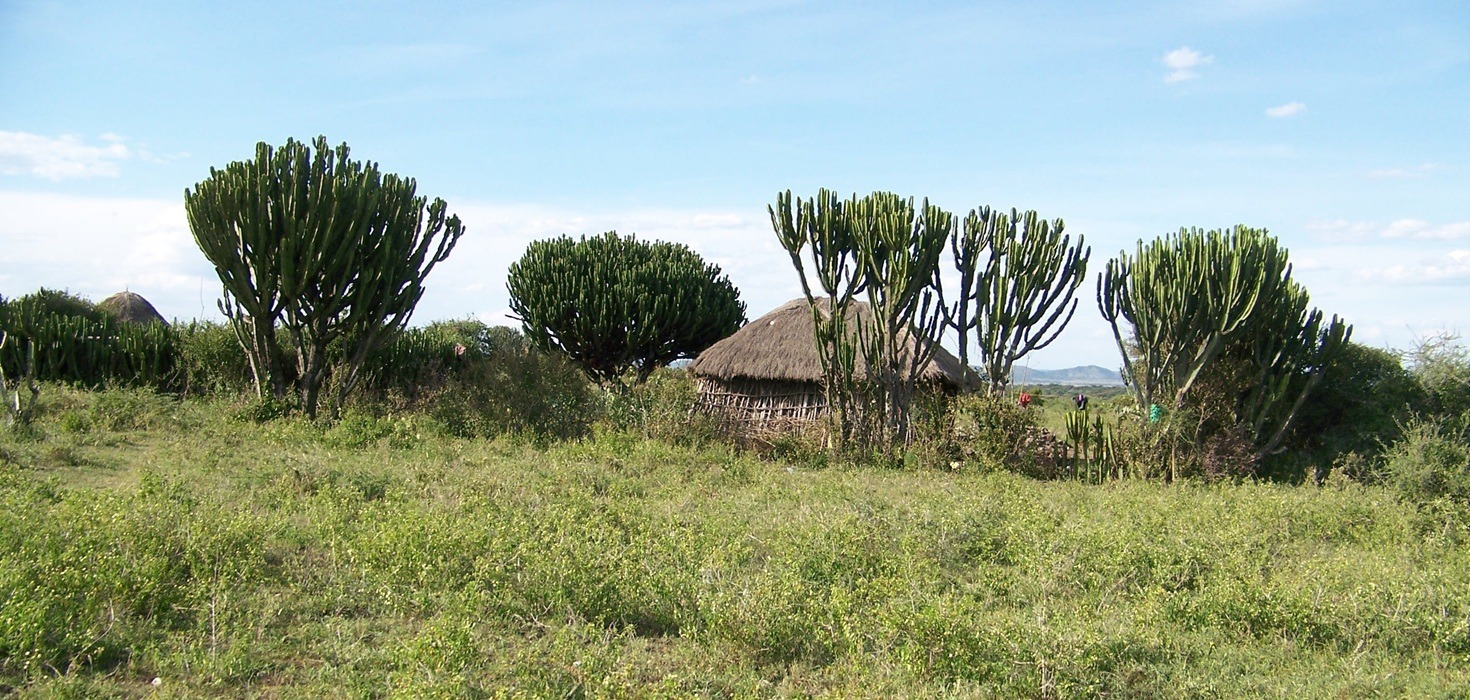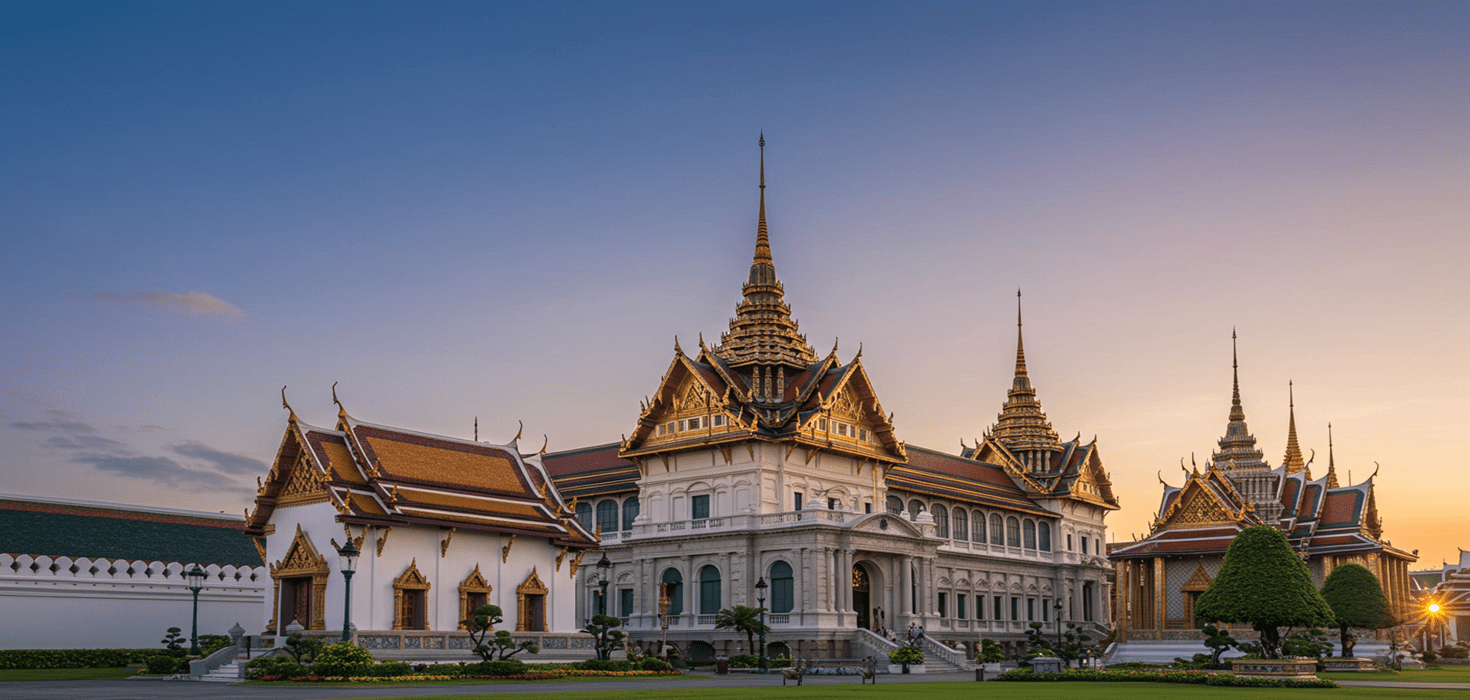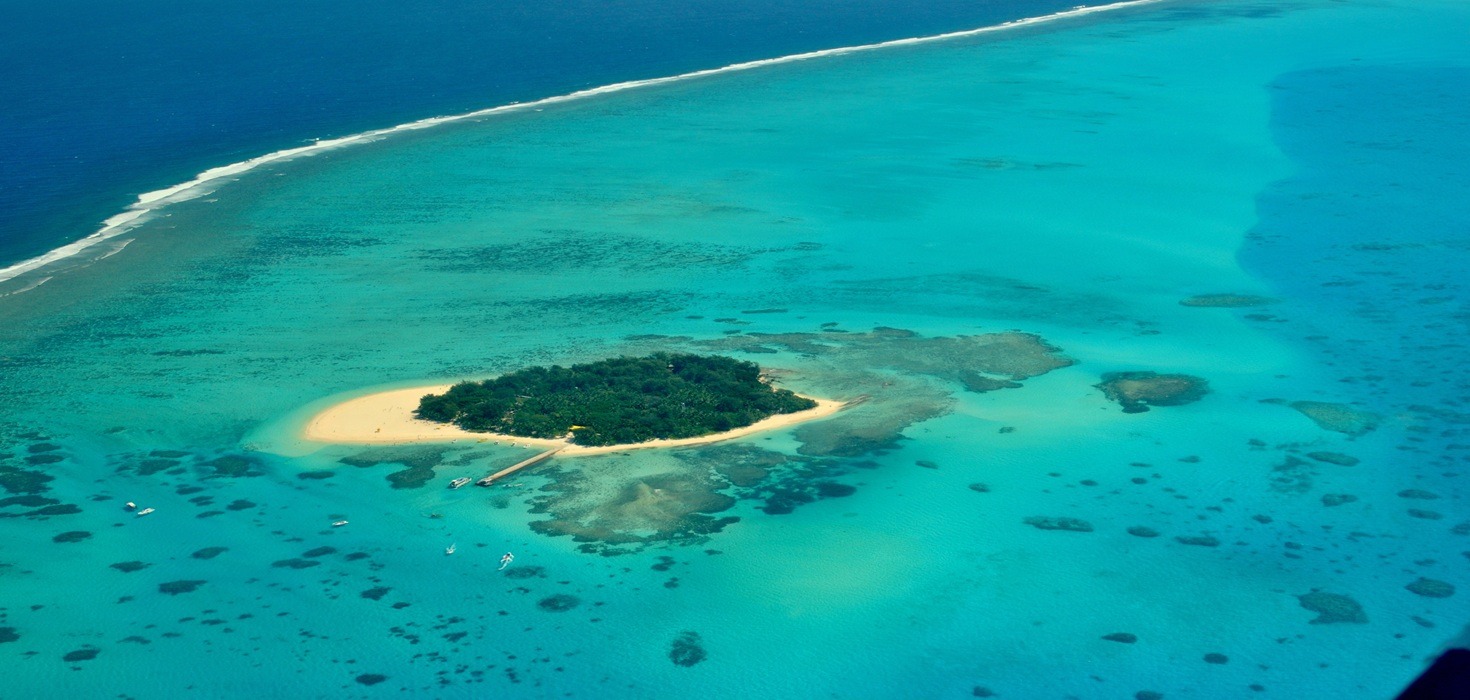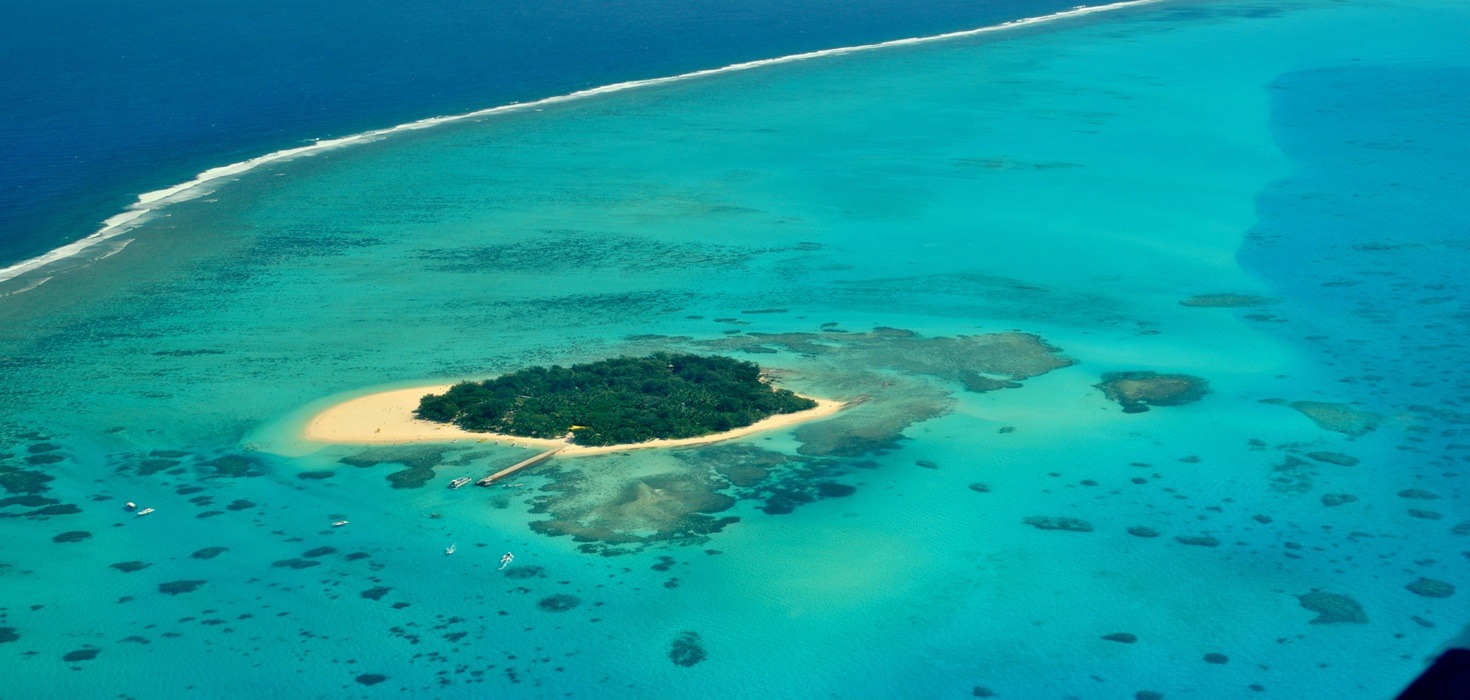The Temple of the Emerald Buddha, also known as Wat Phra Kaew, is undoubtedly one of Bangkok’s most iconic landmarks. Situated within the grounds of the stunning Grand Palace, this sacred temple is a must-visit for travelers seeking to immerse themselves in Thailand’s rich cultural and historical heritage. Join us as we explore the magificent Wat Phra Kaew, uncover its mesmerizing architecture, delve into its deeply rooted history, and offer practical travel tips to ensure you have the best experience possible.
Introduction to the Temple of the Emerald Buddha
Home to the Emerald Buddha, Thailand’s most revered Buddhist artifact, Wat Phra Kaew is a spiritual epicenter nestled in the heart of Bangkok. The temple’s richly decorated structures and beautifully kept grounds speak volumes about the artistry and devotion embedded in Thai culture. Often referred to as Phra Kaew Morakot, the Emerald Buddha is carved from a single piece of jade and is adorned with seasonal gold costumes, making it a spectacle to behold any time of the year.
Historical Background
The history of the Temple of the Emerald Buddha dates back to the 18th century. Constructed in 1782 during the reign of King Rama I, the temple has been the spiritual heart of the Thai kingdom for centuries. The Grand Palace and Wat Phra Kaew were established as two of the most significant landmarks on Rattanakosin Island, marking the foundation of the new capital city, Bangkok.
Architectural Marvels
Wat Phra Kaew isn’t just about its religious importance; it is an architectural marvel. The temple complex boasts a multitude of intricately designed structures, each showcasing the pinnacle of Royal Thai architecture. Gold-plated stupas, ornate pillars, elaborate murals, and statues adorned with shimmering glass mosaics make every corner of this temple a feast for the eyes. The elegance and craftsmanship reflect the devotion and skills passed down through generations of Thai artisans.
One of the most striking features of the complex is the Chakri Maha Prasat, a throne hall that blends Thai and Western architectural styles. Here, visitors can witness the exquisite harmony of cultures that defines Bangkok’s heritage. The construction and ongoing preservation efforts affirm Wat Phra Kaew’s vital role as a guardian of Thai traditions and cultural heritage.
Daily Itinerary for Visiting the Temple
Day 1: Arrival and Orientation
Upon your arrival in Bangkok, take some time to get oriented with the city’s vibrant atmosphere. Check into your hotel and explore the bustling streets of Bangkok, indulging in local street food and shopping at nearby markets.
Day 2: Temple Exploration
Start your day early and head to the Grand Palace to visit the Temple of the Emerald Buddha. Be sure to dress appropriately – long pants and sleeves are required, and it’s advisable to wear comfortable walking shoes.
Spend the morning exploring the temple’s complex, marveling at the Royal Thai architecture and detailed murals. Take your time to admire the intricate carvings and the grandeur of the Emerald Buddha.
In the afternoon, enjoy a traditional Thai lunch at a nearby restaurant. Later, walk through the Grand Palace grounds and visit other notable structures such as the Chakri Maha Prasat and Phra Sri Rattana Chedi.
Day 3: Cultural Immersion
Visit Wat Pho to see the Reclining Buddha and enjoy a traditional Thai massage. In the afternoon, take a boat ride along the Chao Phraya River to see the city from a different perspective. End the day with a scenic dinner cruise.
Day 4: Other Notable Temples and Markets
Explore other notable temples such as Wat Arun and visit the famous Chatuchak Weekend Market for unique souvenirs and street food.
Day 5: Relaxation and Reflection
Spend your final day in Bangkok leisurely. Visit a local spa for some relaxation or take a stroll through Lumpini Park. Reflect on your cultural journey before heading back home.
Practical Information for Travelers
Here are some essential tips to help you make the most of your visit to Wat Phra Kaew:
- Dress Code: Ensure you dress respectfully with long pants and sleeves. Avoid wearing shorts and tank tops.
- Opening Hours: The temple is open daily from 8:30 AM to 3:30 PM.
- Entrance Fee: The entrance fee is approximately 500 THB, which includes entry to the Grand Palace.
- Best Time to Visit: The temple is best visited in the early morning to avoid the crowds and heat.
- Photography: Photography is allowed in most areas, but be respectful of restricted zones.
Culinary Deep Dive
Bangkok is a gastronomic heaven, and your journey to Wat Phra Kaew wouldn’t be complete without exploring the surrounding vibrant food scene. There are countless street food stalls, markets, and restaurants offering a range of traditional Thai dishes that tantalize the taste buds.
One must-visit spot is the Tha Maharaj Riverside, a lifestyle mall along the Chao Phraya River, where you can enjoy authentic Thai cuisine while soaking in scenic river views. Try out local specialties like Pad Thai, Som Tum (papaya salad), and Khao Soi (curry noodles).
Festivals and Events Coverage
Bangkok is host to numerous festivals and events throughout the year, and visiting during these times can enrich your experience at Wat Phra Kaew. The most significant festival is Songkran (Thai New Year), celebrated in April, which includes traditional water fights and temple visits for blessings.
Another notable event is Loy Krathong, held in November, where the Chao Phraya River glows with floating lanterns. Joining in these celebrations offers a unique glimpse into Thai culture and traditions.
Visiting the Temple of the Emerald Buddha, or Wat Phra Kaew, is more than just a tourist attraction—it’s a journey into the heart of Thailand’s spiritual and cultural essence. With its intricate artwork, rich history, and serene ambiance, the temple offers a unique experience that leaves a lasting impression on all who visit. Whether you’re marveling at the magnificent architecture, partaking in traditional rituals, or savoring local cuisine, Wat Phra Kaew serves as a gateway to understanding the profound spirituality and cultural depth of Thailand.
By planning your visit with the tips and insights provided, you can ensure a fulfilling and respectful experience that resonates long after your trip concludes. Remember to immerse yourself fully, engage with locals, and approach each moment with respect and curiosity. The memories you create at the Temple of the Emerald Buddha will undoubtedly be among the highlights of your travels in Bangkok.



